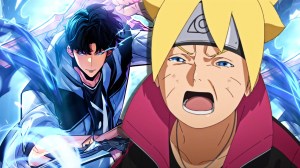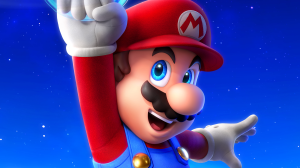A first read of Boruto comes with a lot of surprises: some good, some not so good. Ever since its debut, Boruto has been massively polarizing. A lot of the negative press isn’t deserved, though. The simple fact is that Naruto is one of the most successful manga of all time, and its anime follows suit. Boruto has always had some impossibly big shoes to fill, and that’s a very hard position to start from.
Videos by ComicBook.com
Warning: Spoilers Ahead for Boruto: Two Blue Vortex up to Chapter 24.
It makes things all the harder since Boruto very clearly wants to define its own identity, not just follow in the footsteps of its predecessor. For the most part, though, Boruto’s efforts at defining itself have been fairly fruitful, and the series has a ton of surprises that even (or maybe especially) Naruto fans won’t expect. On the other hand, it also falls flat on its face sometimes, proving the bad press right. Here’s what most surprised us our first time through Boruto.
1) Good: The New Mechanics Exceed Expectations
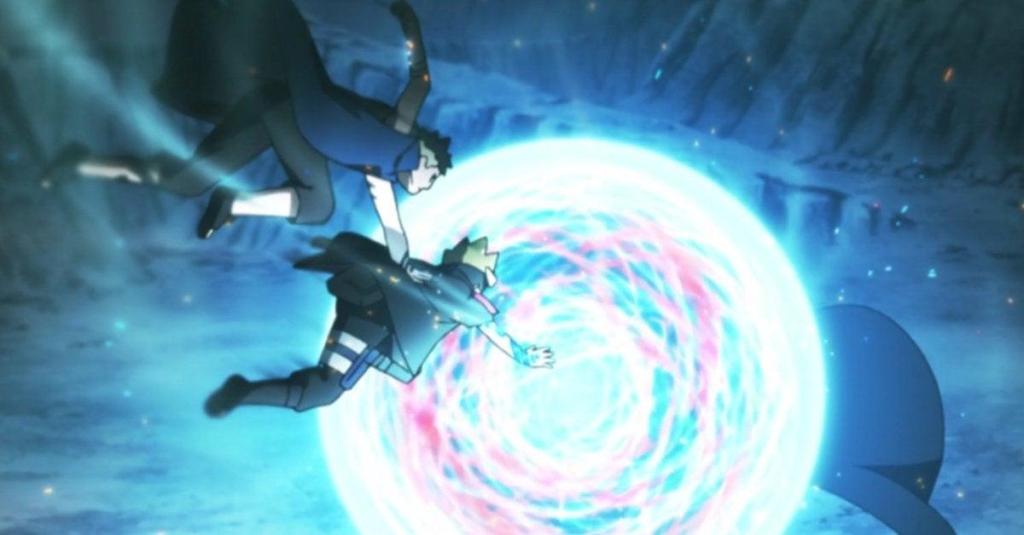
Boruto outsiders get certain impressions about its combat that just don’t pan out in reality. From scientific ninja tools to Karma to senjutsu, all of the new mechanics Boruto introduces are milked for all they’re worth, and it’s fantastic. This is surprising, especially because Naruto fans tend to trash Boruto‘s combat. In actuality, everything is pretty reasonable if you just accept at the outset that Boruto, very intentionally, turns everything up to 11. It establishes a baseline that pretty much takes as its point of departure Naruto‘s peak power levels.
But from there, things are astoundingly steady. Take chakra absorption as an example: in Naruto, chakra absorption was pretty much unheard of outside of Kisame, end-game antagonists, and Rinnegan users. In Boruto, it’s way more common, but it’s not overpowered. There are practical limits at play: attacks that use real-world matter can’t be absorbed, for example. Picture water from an ocean versus water materialized through chakra. That’s a far cry from how Boruto naysayers present it.
2) Bad: Boruto Can Be a Little Too Much Like Naruto

One of the things that holds Boruto back is the sense that it’s constantly trying to reference its predecessor while beating it at its own game. In some cases, this works. Seeing Boruto have Sasuke’s personality while sounding an awful lot like Naruto is always rewarding, for example. Not all of them are great, though, and sometimes they can even feel a little like fan service. The most egregious example of this is the revelation that Kashin Koji is a clone of Jiraiya, who just happens to make a surprise return later on as Boruto’s accomplice. Very cool and all, but also, why?
A more direct reflection of Naruto’s narrative is seeing Naruto and Sasuke working hand-in-hand as a funhouse mirror version of Hashirama and Madara long before them, which is also cool, but has the unfortunate side effect of downplaying the external circumstances that troubled Hashirama and Madara’s relationship so much to begin with. The problem here ultimately is that Boruto is working with themes and dynamics fundamentally different from Naruto, but it seems reluctant to leave Naruto’s shadow, undermining Naruto’s legacy and Boruto’s own seriousness in the process.
3) Good: The Seventh and Eighth Hokage Get a Bad Rap

The Naruto fan base seems to run in two directions when the qualities of Boruto’s two Hokage are mentioned, especially (but not exclusively) Naruto. Some people lean into the fact that Naruto is fairly inactive as Hokage and doesn’t follow through on many of the promises he made in Naruto Shippuden (which is true and fair). Others lean into the hype (like they do with the Fourth Hokage) and say Naruto is an amazing Hokage based on, well, vibes. As an interim Hokage who oversees the development of widespread surveillance, Shikamaru also gets a pretty hard time from fans of both Naruto and Boruto.
But all of those takes miss the crucial context that actually reading (or watching) Boruto provides. Take Shikamaru: does he basically oversee Konoha’s development into a police state? Yeah, for sure. But he doesn’t do it alone: broader social and political pressures basically force him into acting, and he’s actually surprisingly keen to resist those as opportunities present to him. Or Naruto, on the other hand: he’s by no means a perfect Hokage, but he’s also far more active and dedicated to his duties than fans tend to imply. Both of Boruto’s Hokage were major surprises in action.
4) Bad: The Boruto Manga and Anime Are Totally Different Beasts

Going in blind to Boruto’s manga, this was a major surprise. Naruto has a thick and healthy canon outside of Naruto and Boruto, and because Boruto is a monthly manga, there’s a natural limit to what can be done. Boruto’s anime sought to make up for this by animating a lot of the canon material outside of the manga, so that the so-called “anime canon” is parallel to the “manga canon”. Everything from “manga canon” is in the anime, but the same isn’t true in reverse.
This can lead manga-only fans to getting an incomplete view of the world in Boruto. For example, although Konoha is a major center of attention in Boruto, very little time is spent outside of it. The end result is a manga that feels a bit like Naruto’s latter half in terms of sidelining the rest of the shinobi world. That’s not the only problem, though, as we’ll get to later.
5) Good: Konoha Feels Alive
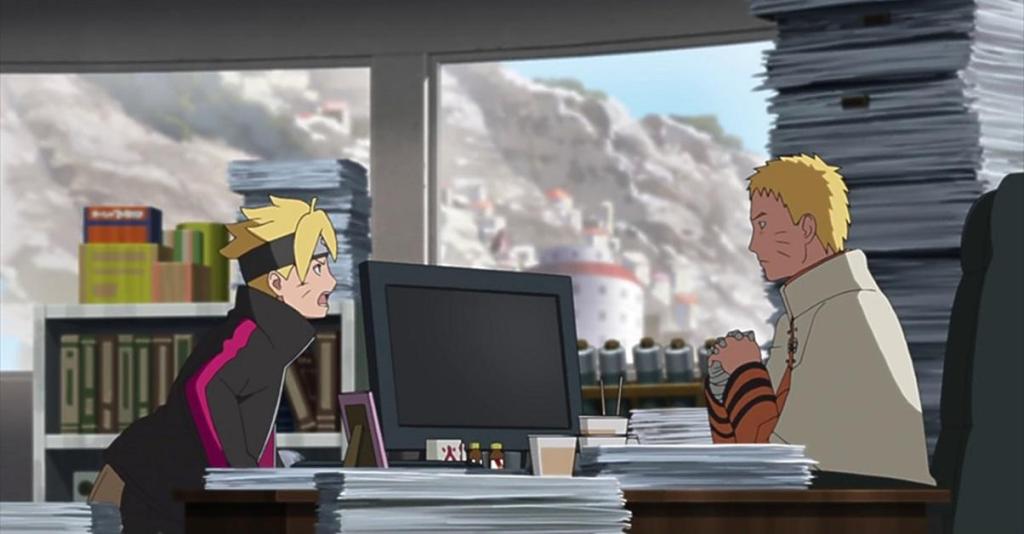
One of the most refreshing things about Boruto is the fact that Konoha feels lived-in, especially compared to Naruto Shippuden. The change is so drastic that it actually feels like a return to the world detail in Naruto’s pre-time-skip story. Boruto takes place after Kakashi’s tenure as Hokage, during which a ton of behind-the-scenes work was done to promote international peace and diplomacy in the aftermath of the Fourth Great Ninja War. Under both Kakashi and Naruto, Konoha saw a massive change in its way of life, effectively becoming a ninja metropolis.
If those were the only changes, though, it would be disappointing and flat. But the reality is that the surplus and relative peace have come back to bite Konoha. Konoha’s municipal budget is declining, and the political apparatus of the Land of Fire always watches over, featuring far more prominently than before and even directly intervening in Konoha’s management. The shinobi world has always had a dark side; Boruto opens up the reality of hidden villages’ role in upholding an international military-industrial complex, showing why peace is a challenge. It’s a deeply intriguing change from Naruto’s status quo.
6) Bad: Legacy Characters Are a Glaring Problem

This one shouldn’t have been a surprise; after all, Boruto’s treatment of legacy characters from Naruto is one of the biggest issues that Naruto fans have with the series. What was particularly striking was just how bad the problem is. The manga-only fans will know exactly what we mean, since the problem is exacerbated there. Orochimaru is a perfect example: his most prominent appearance is during the “Sarada Uchiha” arc, which isn’t even from the Boruto manga.
Orochimaru is also a perfect example because he’s precisely the kind of Naruto legacy character that Boruto should have spent more time on: his cloning and experimentation clearly run in tandem with Boruto’s core technologies, and his son Mitsuki plays a consequential role in the series. But Orochimaru is effectively nowhere to be seen. The problem is much bigger than Boruto undermining legacy characters by making them toothless and inessential; it becomes a problem of wasted potential when one thinks about the characters and storylines that could have been explored but weren’t.
7) Good: Its Writing Is Super Tight

But Boruto, especially its manga, is unbelievably focused. Although fans who have been following the series for a long time might not see it, new readers are in for a treat. Boruto has colossal long-con payoffs between its first and second parts, and there are several examples. Take, for example, Naruto activating Baryon Mode and losing Kurama in Naruto Next Generations. That would be a devastating blow to any Naruto fan, since Kurama was pivotal to the identity of both Naruto and Naruto himself.
It’s paid off in the least expected way. Close to the end of Naruto Next Generations, the young Himawari asks Hinata whether she could help Boruto by becoming a ninja; it seems minor in the moment, but then in Two Blue Vortex, Himawari turns out to be the vessel for the reincarnated Kurama. Is it the cleanest execution? Of course not. But it’s a set-up that was presumably planned for Boruto’s entire run up to that point, and it feels so satisfying when it actually happens. And as we said, that’s just one example: Boruto has tons of set-ups just like it.
8) Bad: Boruto Unsurprisingly Can Verge on Derivative
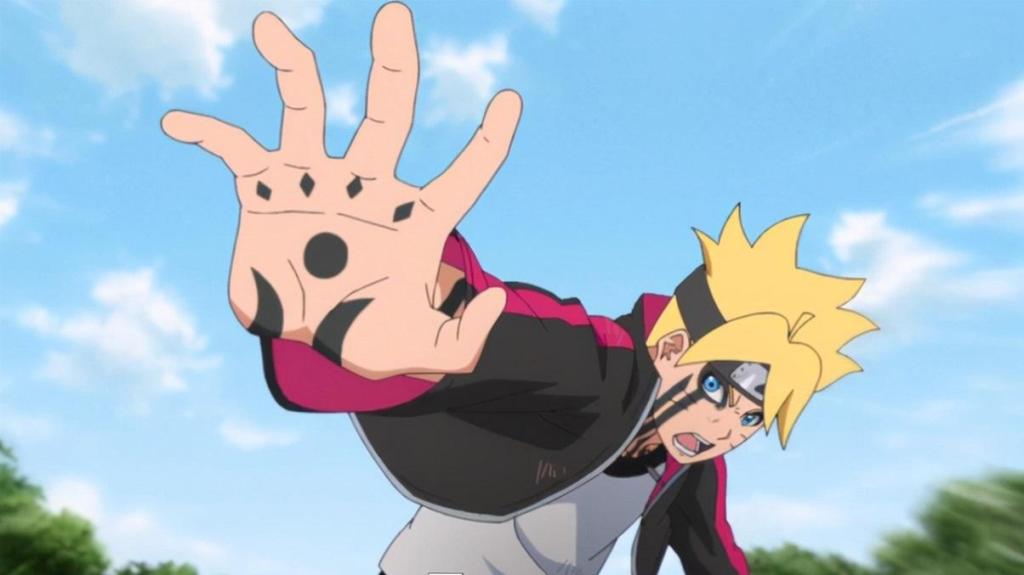
For all its problems, Naruto was an incredibly original manga on several levels. Its character-driven narrative managed to sidestep a lot of popular anime tropes, and it’s for that reason that Naruto would develop a totally unique identity within its era of battle shonen. Maybe it’s Naruto’s own influence clouding things so that it’s harder to see Boruto’s originality, but Boruto wouldn’t suffer from being more original.
As stated earlier on this list, Boruto does often feel a whole lot like Naruto. But there are other primary plot points that seem to take a lot of notes from other sources. As just one example, Momoshiki’s presence in Boruto gives serious “condemned hero” trope vibes (think Jujutsu Kaisen’s Yuji/Sukuna or Black Clover’s Asta/Liebe). That isn’t inherently a problem, but at a time when battle shonen are inundated with grimdark fascinations that all seem to run in the same direction, it’s hard not to want Boruto to give some of the same sincerity and originality that its predecessor did.
9) Good: Boruto‘s Villains Are Impeccable
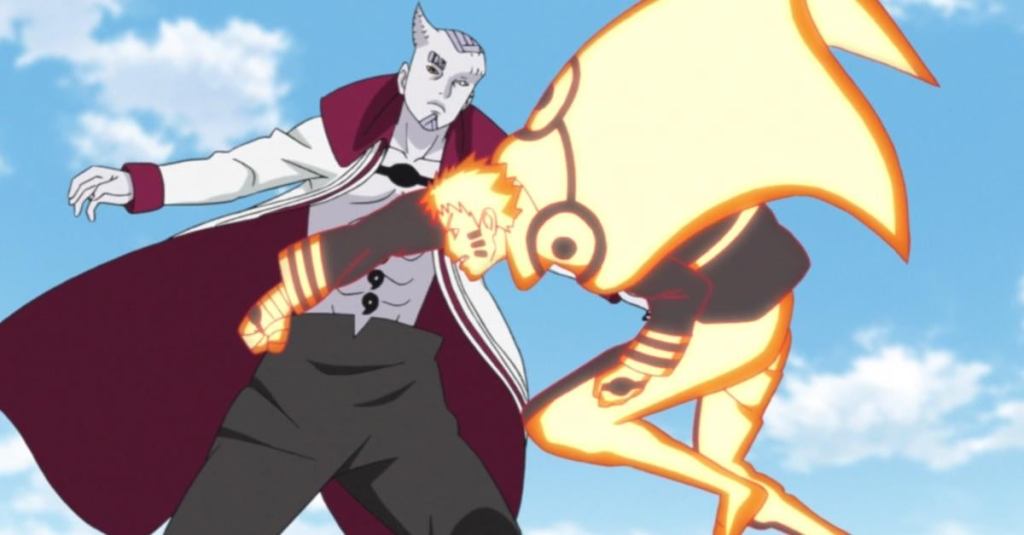
Going into Boruto fully expecting to be disappointed by the Otsutsuki, we were very surprised to see what the sequel had done with the clan. For what they are, the Otsutsuki clan has a surprising amount of depth and variety. By the end of Naruto Next Generations, Code, Eida, and Daemon have also come into the fold, and it’s surprising how much Boruto can do with fairly simple characters. Eida and Daemon, in particular, are a blast to watch.
The real reward comes in Two Blue Vortex, though, when Kawaki has more-or-less officially achieved villain (or possibly more accurately antihero) status and the Divine Trees come into play. The Divine Trees are some of the most interesting villains in Shonen Jump right now, period: Jura and his quest for knowledge, plus the other Divine Trees’ links to the shinobi whose chakra brought them into being, are loaded with intrigue and ambiguity that make every moment they’re on the page a treat.
10) Bad: Villains Can Also Be Way Too Flat
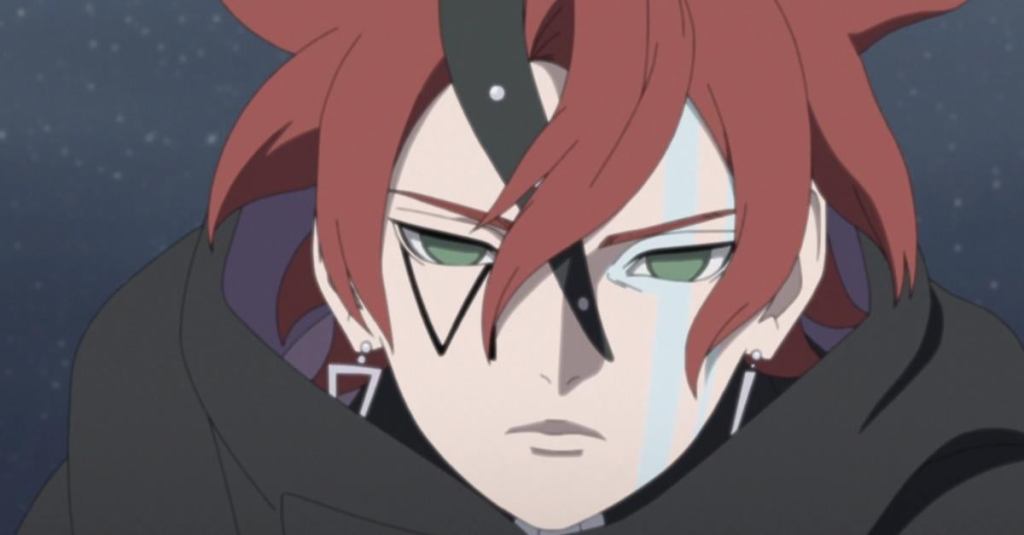
On the other hand, Boruto is still following in Naruto’s footsteps, and that isn’t always a good thing for it. Naruto is a manga that rose to prominence in part thanks to the vivid personalities of its villains. Boruto is dead-set on making its own mark by avoiding the Naruto formulae for villainy altogether, but Naruto’s history of brilliantly empathetic villains is also an albatross around Boruto’s neck.
While some of its villains, like the aforementioned Divine Trees, are vibrant and provocative, a lot of Boruto’s villains are flat by design. Looking back at Code, Eida, and Daemon: all of them, more or less, have no backstory on purpose; Eida and Daemon are androids, while Code spent his entire life as a Kara experiment. Although the Otsutsuki have mostly been phased out at this point in Two Blue Vortex, not much has ever been done with them, and they remained overpowered alien invaders to the end. In comparison to Naruto, sometimes it feels like Boruto’s villains just exist to be villains, and it’s hard not to want a little more when you know that Kishimoto is still (to some extent) at the wheel.
With Season 2 of Boruto on the way, now is a great time to check it out if you haven’t before. Once you do, report back in the comments with the things that surprised you! Finally, if you want to get hype for the upcoming season by reminiscing on the best parts of Naruto Next Generations, click through to the link below.

